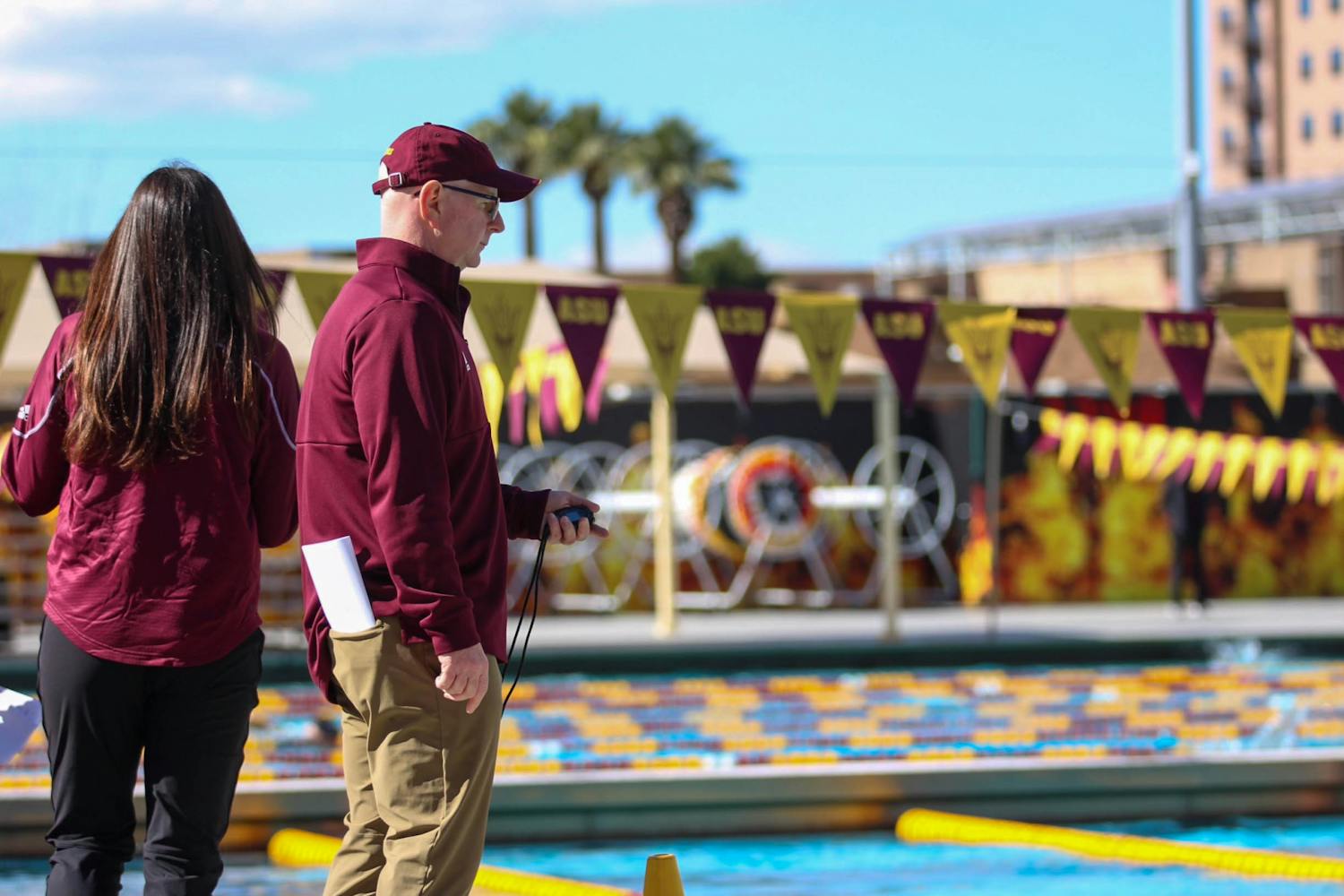The enlightened age of sabermetrics: an attempt to put the belief systems of baseball purists to shame.
What does it really matter if a guy gets his uniform dirty if he has a low wRC+? Who cares if a pitcher is a “gamer” when his FIP is barely above replacement level? When every action during the course of a game, season and career can be charted, quantified and then used as an analytical tool to ascertain value and predict future outcomes, the contentions and conventions of the older generations become obsolete.
WAR, what is it good for? Baseball purists may as well be shouting the earth is 6,000 years old at a paleontology conference.
Right?
Sure, for general managers, acronym soup is the breakfast of champions. But, the science of statistics is less valuable when it comes to judging a player’s unproven attributes. There are still significant cracks in the methodology of the metrics and how they help our understanding of a team’s overall success.
That it’s an imperfect science is openly admitted, but it’s always easy to attribute aspects of success or failure that were not predicted as outliers or fluctuations.
Isn’t that every bit the notion of confirmation bias that the Society for American Baseball Research heads disparage old-schoolers with?
Just as fans and players can sense momentum and camaraderie, intuition and subjective perception are inescapable realities of the human experience.
Heck, the “Moneyball” model values “intangibles.” The difference between teams like the Los Angeles Dodgers and the Colorado Rockies or the New York Mets and Minnesota Twins seems to indicate that culture matters — tremendously.
It starts at the top.
Arizona Diamondbacks’ general manager Kevin Towers knows how to build a team with a small payroll.
According to a story in The New York Times that came out in late February, Towers pulled no punches when initially observing the pitiful state of the franchise last year. Reportedly, Towers told manager Kirk Gibson at the end of the year that a stroll through the locker room gave Towers the sense that the Diamondbacks were “losers.”
After being fired by the San Diego Padres, Towers briefly worked for the New York Yankees before getting the Snakes’ job.
In that same article, Towers compared the two scenes.
“You could take the average fan and say: ‘You’ve got a minute, walk through the front door of the Yankee clubhouse and, on the same day, walk through the Diamondback clubhouse. You can’t say anything, just evaluate what’s going on, walk through the room, down the steps, into the dugout and out, and you tell me which one’s a winner and which one’s not.’ Even if they had their nametags covered, it’d be easy. Those guys are the winners, and those guys are the losers.”
Is that unconscious confirmation bias, or is it true that “losers” and “winners” can be spotted without looking at the back of the bubble gum card?
One of the reasons Gibson was hired was his perceived toughness. Physical and mental weaknesses were the common criticisms of the Diamondbacks.
Towers switched out some “softer” players with older, “tougher” veterans. He went as far as calling some Navy Seals during spring training to give the players a pep talk.
Forgive Towers for his recent hire of Jerry Krause. (Thankfully, he will be far removed from the scene.) Towers is off to a great start.
In Los Angeles, the underachieving Dodgers’ biggest acquisition might be first-base coach Davey Lopes, who has always instilled a toughness and energy on the base paths.
The Baltimore Orioles and Pittsburgh Pirates seem to be emerging from the shadows of perpetual embarrassment behind the dominant personalities of Buck Showalter and Clint Hurdle, both of whom have a proven their histories of turning around teams short on “talent” and organizations light in the wallet.
No, these teams aren’t much better on paper from last season, but you can be sure they’ll win more games. Some in the SABR community will scratch their heads and call it random. Others will tie their hopes to the idea that a foundation for success is being built.
Reach the reporter at nick.ruland@asu.edu



